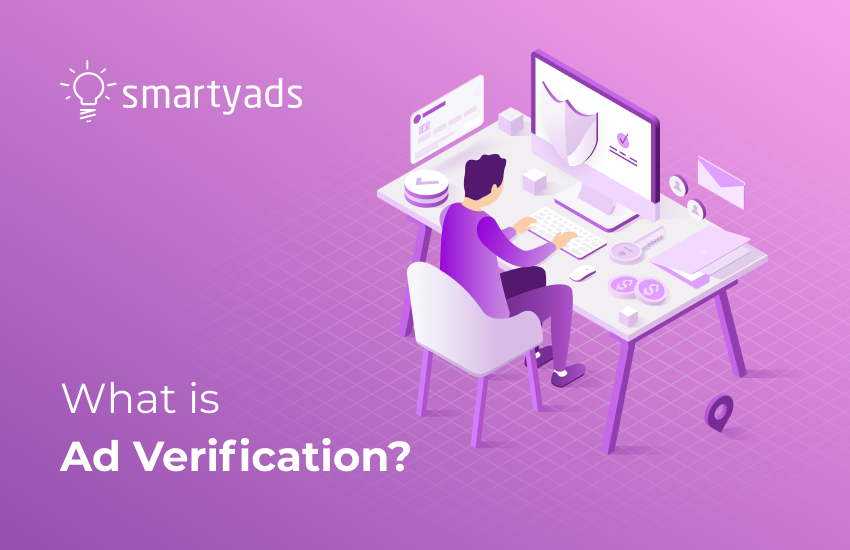Every disruptive innovation has an Achilles heel: digital marketing and programmatic systems are no exception.
Over the years, the digital advertising industry has been plagued with various ad fraud issues, ranging from bot traffic to fake users, all attempting to fleece advertisers of their ad budget.
Although the volume of losses caused by advertising fraud is difficult to estimate, various industry sources establish that they are significant.
According to Statista, the cost of ad fraud globally in 2021 was $65 billion. Fraud-instigated losses are projected to reach a high of $100 billion by 2023.
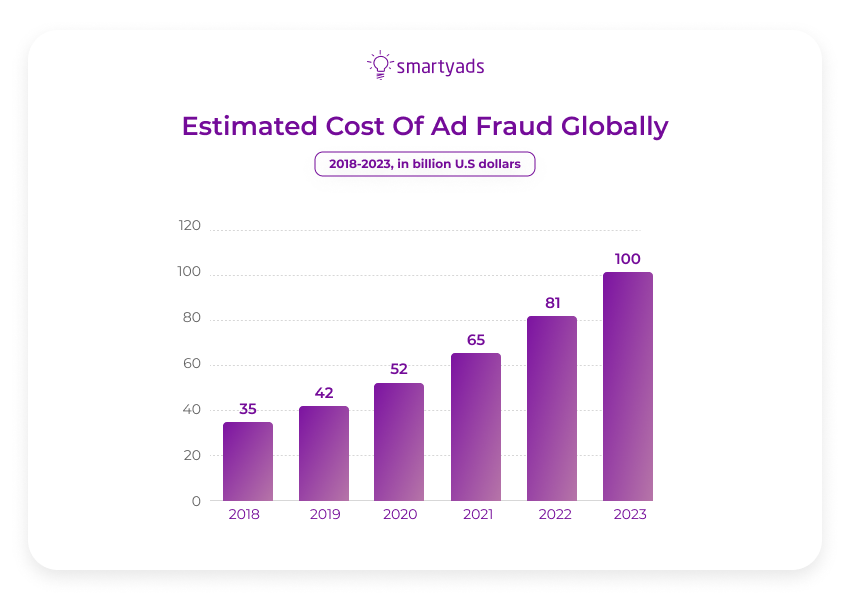
However, in addition to the deliberate fraudulent actions, supplementary factors contribute to the unsuccessfulness of digital campaign efforts. It could be inappropriate ad placement, low views, poor engagement rates, etc.
Notwithstanding, it is not a hopeless situation. Various solutions have been introduced to combat ad fraud and campaign inefficiencies. One of them is ad verification.
Ad verification is like a hybrid solution; it is not only a tool to prevent fraud, but it also helps to maximize ad spending and ensure quality impressions.
This article expounds on the ad verification solution, highlighting its benefits, purpose, and partners.
What is ad verification?
Advertisers employ ad verification solutions to ascertain whether the display parameters of their digital advertising campaigns reflect the specified terms selected in the settings.
With this tool, advertisers can verify whether real users are viewing their ads, or it is displayed on the appropriate web platforms and in the right placement within the platform.
The ad verification process is a proactive strategy and it became necessary because the digital advertising ecosystem has turned into a more elaborate, sophisticated, and multiplayer system.
In the distant past, advertisers negotiated directly with publishers for ad spots on their websites. Then it was easy to verify the ad positioning and duration of the display.
With the inclusion of programmatic tech and other automated means of serving ads, it became easier to place ads, and the stress of direct negotiations is optional now.
However, it also turned out to be more difficult for advertisers to readily identify on which platforms and in what areas within the platforms their ads are displayed.
And with the proliferation of ad display platforms (websites and apps) and ad formats, it is easy to have bad actors within the system who sell fake ad impressions to unsuspecting buyers.
With ad verification technology, businesses and marketers can ensure that every ad impression they pay for is genuine. Also, they can verify that their ads are placed within the right context.
How does ad verification work?
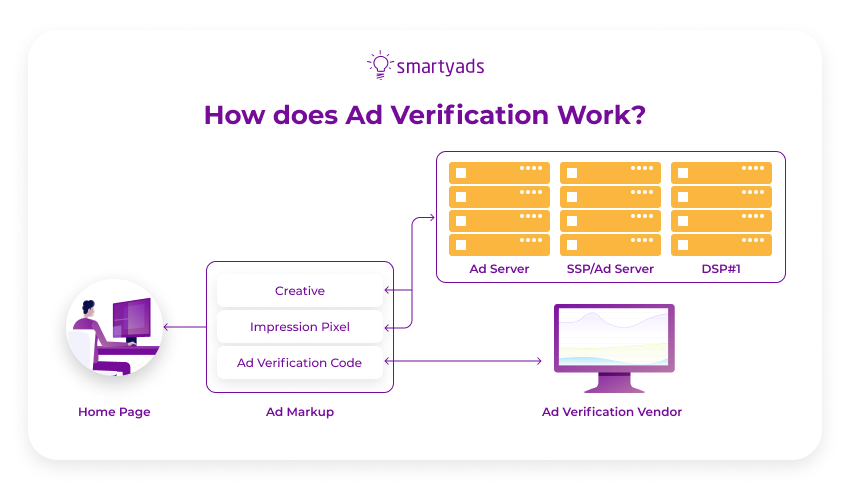
The ad verification functions by assessing the contents on an ad display channel, typically a web page, to confirm that the site is relevant to the purpose and preferences of the campaign. This is done by placing verification tags, also called beacons, in the ad markup.
These ad tags collect view rates, ad placements, or performance data and transmit them to the verification vendor.
The information eventually gets to the advertiser or agency for review. Both the advertiser and agency have separate login to the verification vendor.
Ad verification helps to identify fraudulent publishers and fraudulent ads to prevent future and ongoing fraud. DSPs, ad networks, and advertisers can leverage the insight from ad verification solutions and partners to blacklist fraudulent publishers and low-traffic sites.
The four core pillars of ad verification
There are four core areas ad verification covers to protect advertisers, which include:
- Fraudulent activity;
- Brand safety and suitability;
- Viewability;
- Geo-targeting.
Fraudulent activity
Since the inception of digital ads, fraudulent activities, including invalid traffic, hijacking, etc., have been a constant problem accounting for many of the inefficiencies of ads and wastes of advertising dollars.
A breakdown of Statista’s estimates on ad fraud puts the daily losses at over $200 million. This is quite a significant amount to overlook.
One major challenge that has slowed the impact of anti-fraud efforts is that ad fraud activities come in different variations. Here are a few examples:
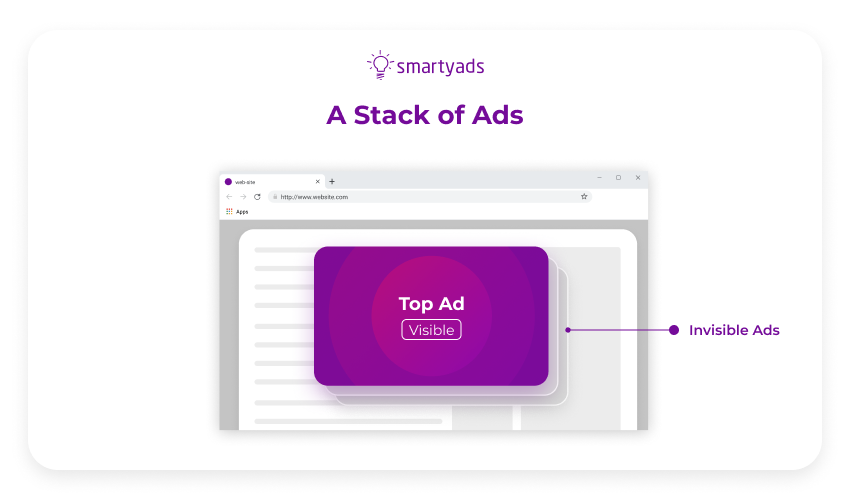
- Ad stacking. Ad stacking involves piling up several inaccessible ad contents in one spot so that viewers could only see the top ad. The purpose of this ad fraud is to increase ad impressions by counting one real ad impression for multiple ads. Since advertising is stacked on top of one another, impressions for all ads are recorded even when they are not visible.
- Impression laundering. This kind of fraud masks the real website where the ads are shown. This is done especially when the website is not brand-safe.
- Attribution manipulation. In this case, bots are used to perform human-like actions. They deliver fake clicks, installs, and in-app events and submit the same to the attribution system to claim unreal in-app engagement.
![]()
Pixel Stuffing. Pixel stuffing refers to the placement of multiple advertisements within a single 1x1 pixel space. Typically, when fraudsters employ this kind of ad fraud, they profit from pixel-based "ad" impressions.
- Geo Masking. Fraudsters employ geo masking to disguise low-quality traffic as high-quality traffic so they may sell it to media buyers at a premium level.
- Ad hijacking. This scam affects publishers and advertisers. Here, malware hijacks the ad slot on a website and replaces the original ads. The purpose is to divert revenue, with the attacker gaining benefit from impressions.
- Click hijacks. An attacker can steal a user’s click; this is done by redirecting an ad click to a different website in an attempt to steal the customer.
- Bot fraud. This is a common ad fraud tactic in which cloud servers, proxies, etc., are engineered to generate fake traffic and gaming attribution models by faking clicks. Although, the marketers believe they are coming from real people.
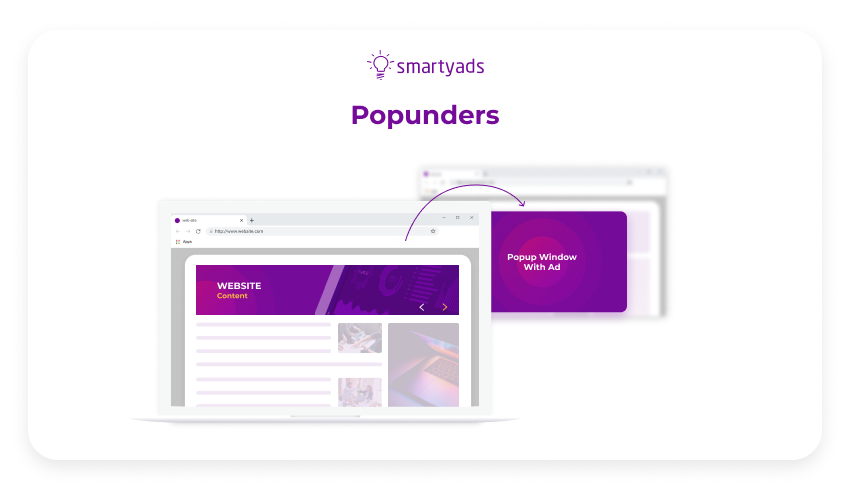
- Popunders. This fraud technique is like a pop-up window that places the ad behind the main web page rather than in front. Fraudsters can use this technique to fake impressions without displaying the ads.
- Fake users. Bad actors use mobile apps or computers to mimic human behavior. This method typically combines techniques like bots, malware, click or app-install farms, etc., to create enormous audiences of false users.
- Fake installs. Install farms are another method for mimicking human activity. Real humans are used as specialized emulators to install the apps. It could just be a few people reinstalling an app multiple times.
- With ad verification, advertisers can prevent a lot of these fraud techniques by identifying invalid traffic and knowing where their ads are placed.
Brand safety and brand suitability
Brand safety is a measure to prevent unwanted impressions that affects brand reputation. It attempts to protect a brand from negative associations and damaging influences.
In online advertising, brand safety measures are deployed to prevent ads from appearing in a negative environment (website). This is also known as brand suitability.
It could be the contextual setting of the webpage (keywords, texts, or images) or the general niche of the website. For instance, an advertiser would not want his Thanksgiving sales ad appearing on a breaking news page about a natural disaster that claimed lives.
This may be assumed as insensitive. Also, toy and children’s product marketers would not want their ads on adult websites. Placing an ad next to offensive content could give the impression that the brand endorses it.
Ad verification agencies have defined various classifications to help advertisers establish their brand suitability.
With this analysis, marketers can blacklist inappropriate content and web pages to prevent ads from displaying in those unwanted places.
Some of the classifications include:
- Contents supporting violence and weapons;
- Adult content;
- Profanity.
Viewability
Viewability checks if an ad is placed in a conspicuous place within the web page where the audience can easily see it. This is often compared with the defined ad placement parameters the advertiser or agency sets.
Examples of viewability include the percentage of ad pixels and how long an ad is displayed in a viewable space. Good viewability ensures that advertisers' money does not go to waste.
There are no specifications that define what good viewability is; it generally refers to a good noticeable spot on the web page.
This might be an area that catches the eye of an audience or engages relevant content. What defines a good spot can be different for various platforms.
Geo-targeting
Geo-targeting in this context can also be referred to as location verification. Geo-targeting is an effective strategy for sending highly personalized ads to a relevant audience.
This method is based on location; the audience is served ads that are relevant to them within the specific location.
Ad verification solutions use IP addresses to ascertain whether an ad was seen by the target viewers for your campaign.
They can also indicate whether your ad was placed outside the location scope of your intended market, enabling you to adjust your campaign parameters.
Why ad verification is also important for publishers?
As it was already established, ad verification is crucial in preventing ad fraud and protecting ad budgets. However, aside from advertisers, it also benefits publishers in numerous ways.
Publishers need to employ brand-safe measures because they can be victims of malicious ads displayed on their platforms.
Negative or misleading ads can be served on the publisher's platform. This can lead the users to abandon the website for other safer alternatives.
Ad verification gives publishers better control over the ads displayed on their websites and it minimizes the risk of running fraudulent ads. This can help to enforce an ad quality standard.
What are ad verification partners?
Ad verification partners are part of the ad tech ecosystem that offers ad verification services. Various companies provide this service. Some of them arrange specific fraud detection services that may cover only a few areas; others may grand a wider range of ad fraud detection solutions.
You should choose a partner based on what threat you are more likely to experience. For instance, if it is fake installs, you should partner with ad verification companies that have the best solution for that risk.
However, if you face the risk of multiple ad fraud threats, you should collaborate with a more robust ad verification partner that offers multiple solutions. Sometimes ad verification vendors seamlessly integrate with demand-side platforms.
Publishers are not left out of the party; there are also ad verification companies that cater to their challenges.
Examples of ad verification partners
Project SunBlock
Project Sunblock provides content-related brand protection for marketers by ensuring that ads are placed in the appropriate environment. This is achieved by analyzing the page contents and images to identify unwanted elements that are harmful to the ad objective or against pre-established criteria.
DoubleVerify
DoubleVerify is robust fraud detection and ad verification company that offers solutions to various stakeholders, including advertisers, ad networks, publishers, demand-side platforms, ad exchanges, etc.
The company’s services include ad campaigns performance measurement, transparency, analytics, viewability, ad quality monitoring, and brand safety measures.
Adometry
This solution enables marketers to integrate and evaluate their campaign performance across channels. It does this by combining and analyzing different data sets to produce relevant insights that can help optimize ad delivery.
GeoEdge
GeoEdge provides ad quality monitoring and protection against non-compliance, malware, offensive content, data leakage, operational problems, and campaign flaws. It offers its solutions to publishers, ad platforms, exchanges, and networks.
Other notable mentions include Integral ad Science.
To wrap up
Everyone is affected by ad fraud in some way, including publishers, advertisers, and internet users; thus, it calls for a concerted effort.
Ad verification is part of an ongoing effort to promote transparency and curb fraudulent activities in the digital ad space.
It is changing how marketers buy media and how publishers manage their inventory. We are urging all Adtech stakeholders to support the use and implementation of this solution.
